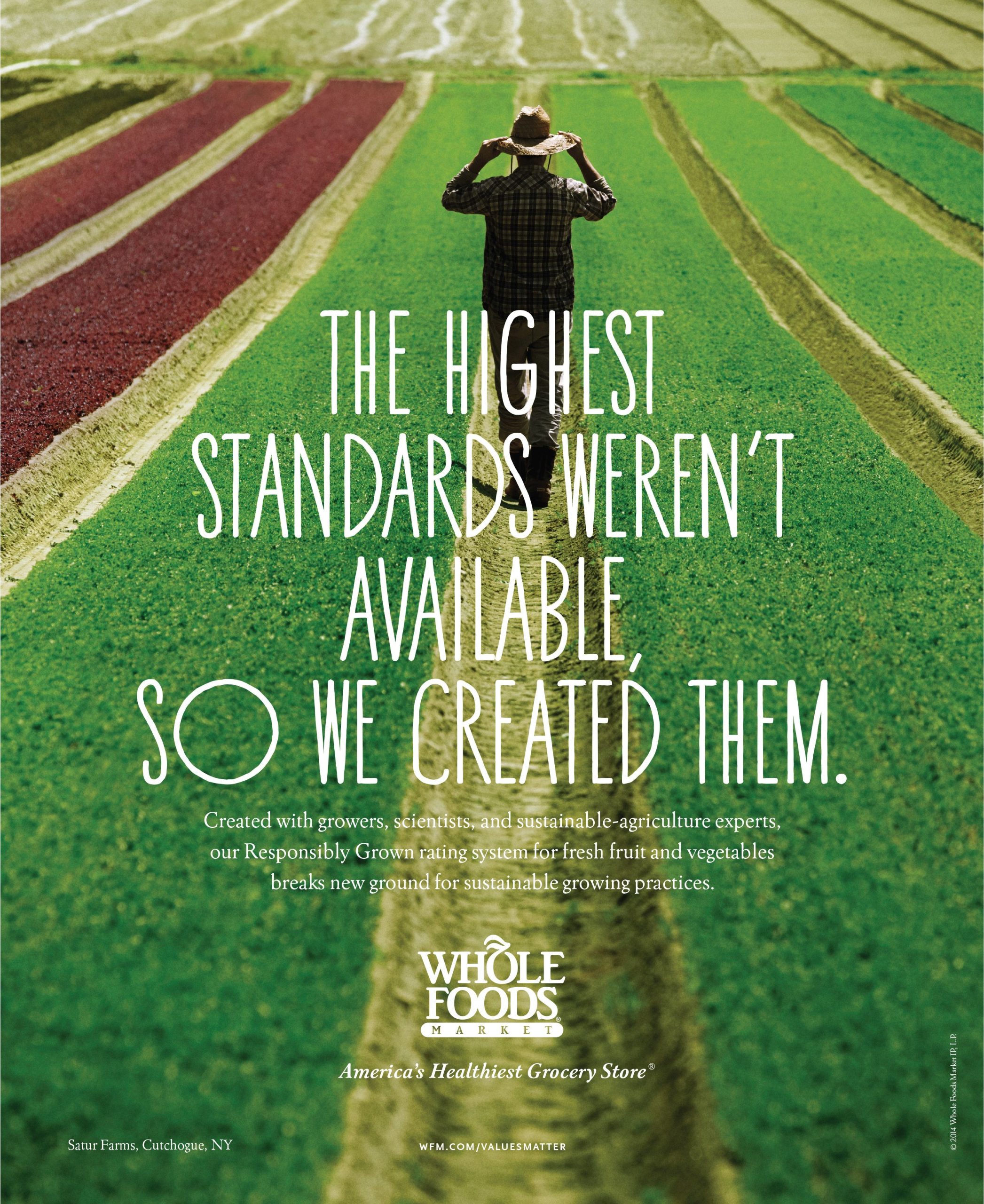Brand positioning is the art of creating a memorable impression in your target audience’s mind, with the long-term goal of facilitating buying behavior. This is different than promotional content about your products or services, which conveys a specific value proposition (“Toothpaste brand ‘B’ makes your teeth whiter”).
In brand positioning, the focus is on the perceived value and/or personality of your brand as a whole (“Toothpaste brand ‘B’ is about building confidence in your everyday life”).
Cultivating a compelling brand identity is a superpower. It’s your business’s chance to truly differentiate itself – especially in saturated markets where product value isn’t always remarkably distinct from competitor to competitor.
Brand positioning can also create a powerful perception in the mind of the target market that transcends competitive pricing. Succeed at selling your brand, and you’ve sold your entire product portfolio’s value in one fell swoop.

How to effectively position your brand
Start with the brand positioning statement
Any effective brand positioning strategy will typically have certain well-defined traits, the first of which is a clear brand positioning statement.
What is a brand positioning statement? It’s a concise, clearly written statement about what sets your brand apart from the competition. For example:
- Our teeth whitening products don’t just hide tartar and plaque with staining agents; they lift it away so you can have a smile that’s as healthy as it is bright.
- We don’t just sell affordable, on-demand disaster recovery services; we sell peace of mind for small-business owners who love what they do.
You’ll find no shortage of templates on the web with fill in the blank-style guidance, like this one from TechTarget:
“For (target customer) who (statement of the need or opportunity), the (product name) is a (product category) that (statement of key benefit – that is, compelling reason to buy). Unlike (primary competitive alternative), our product (statement of primary differentiation).”
Our advice? Use them to help you get the ball rolling, but don’t simply fill in the blanks and call it your brand positioning statement. As TechTarget explains, one of the early examples of a noteworthy brand positioning statement is “Avis is only number 2. We try harder.”
In this case, Avis has a created a brand positioning statement that is pithy, powerful and memorable enough to be a customer-facing tagline.
However, the utility of any statement is first and foremost a guide for your brand positioning strategy at large. All future brand positioning and brand awareness content should in some way act as an offshoot of that statement.
Creating brand positioning content
Which brings us to the meat of your brand positioning campaigns: content. Your company’s goal should be to create content that attempts to accentuate the value of your brand. Typically, a brand positioning concept will have a very specific angle and objective. Some of the most common types of brand positioning campaigns include:
Competitive brand positioning: This is when your brand goes after the competition directly. It might call out a competitor by name, for instance, by providing a direct cost comparison on an infographic. However, it can also attempt to trounce the competition’s bargain prices by demonstrating the superior quality of its products.
Quality brand positioning: Speaking of which, this type of brand positioning is super useful for brands that consider themselves “luxury” or “premium” or “customer-centric” and want to use that as a marketing edge. For example, this Whole Foods ad positions the grocer as redefining the market with high-quality products:

Problem-solution positioning: This is the positioning of your brand as the solution to a specific problem. In a B2B setting, case study content is especially useful as social proof to show the value of your brand. Testimonials and case studies are able to provide the high-level benefits of your service offerings but can also home in on a specific issue to demonstrate value at a more granular level.
Human interest positioning: Consider the example of a disaster recovery vendor that serves small businesses. The company could do human-interest profiles (in video or in text) that narrate the everyday processes of that company and the importance that data plays in those operations. For example, think of a small independent medical practice that serves a rural community. These types of profiles accomplish two things:
- Show how a brand solves problems for its customers.
- Humanize a business problem by showing how real peoples’ lives are affected by the brand’s value.
The human interest angle is powerful because it gives you a chance to focus on brand values in a way your traditional marketing collateral might not.
Bear in mind, there are plenty of other ways to highlight the value of your competitive advantage and to amplify your brand image, so don’t necessarily feel obligated to pigeonhole your efforts into one of the above categories.
And remember: The goal of brand positioning is to assert the strength of your brand identity. Don’t get bogged down by trying to say too much at once.
The payoff: Brand awareness, earned media and customer loyalty
The main advantage of strong brand positioning is the development of a unique brand identity that will help your target customers pick you out from the pack. It’s your chance to give your company a personality that will make a lasting impression on your audience.
With the help of social media, your brand positioning content is also a great opportunity to generate earned media. If you create something compelling, clever or helpful to your target audience, they will share it with their networks. This conversion of users into brand advocates is the very definition of earned media.
And finally, it’s like we said. If you sell your audience on your brand, you sell your entire product portfolio in one fell swoop. If they like your values, and they feel that your offerings deliver on those values, you know exactly where they’ll go next time they need something that you’re selling.
Loyalty is hard to find, but by definition, it’s also hard to lose. Position your brand wisely and you will earn a place in your customers’ minds.





